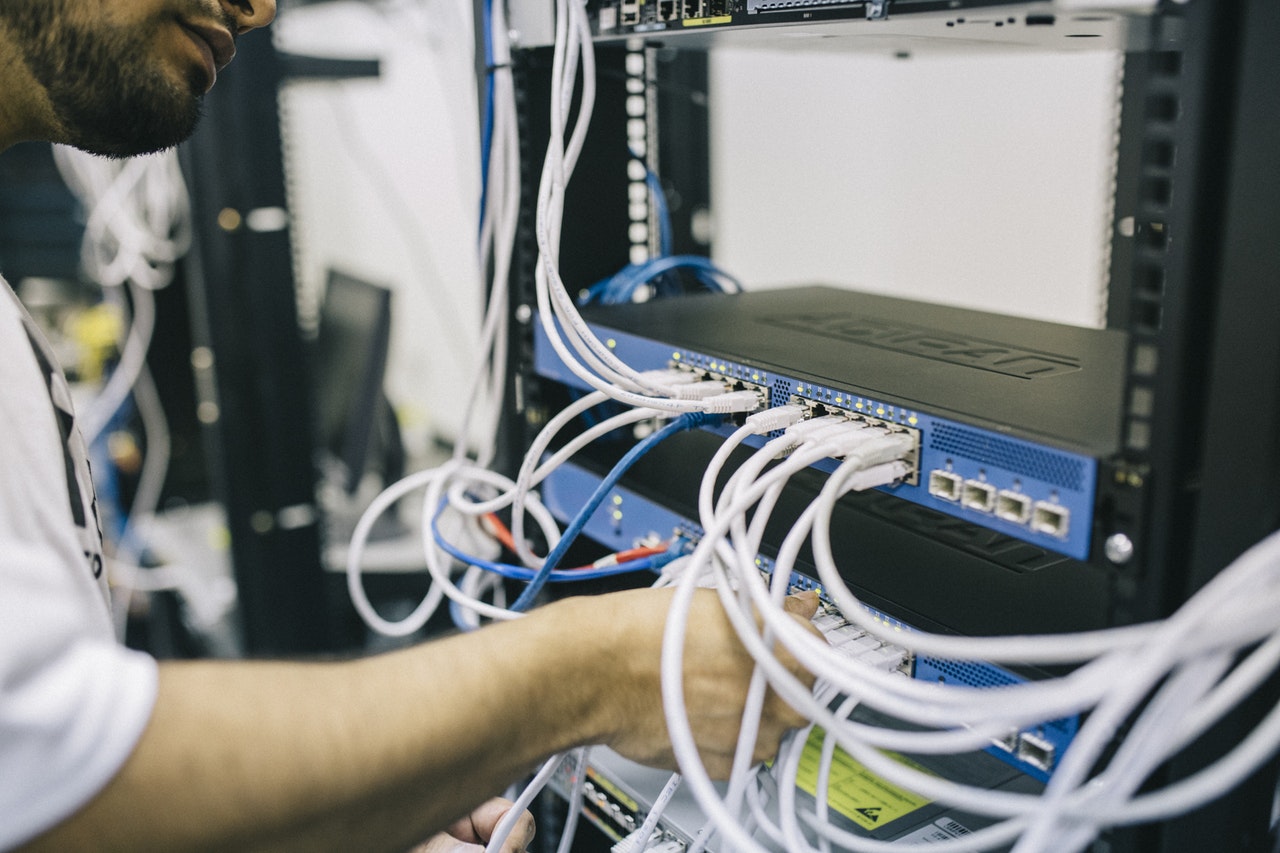
5 Things to Know When Replacing a Commercial Video Surveillance System
December 19, 2018

We’re often contacted by companies that are looking to replace their outdated legacy video surveillance system, and many of them want to know what they might be able to reuse.
Upgrading to a new system is a big investment. Without proper research and careful implementation, you may be stuck with a system for the next 5-10 years that everyone at your company hates using. (Not good!)
In this blog post, we’ll outline 5 of the common questions we receive from customers. Down below are some of the topics that we’ll cover.
• Is there anything I can reuse if I’m upgrading from an analog video security system?
• What do I do with my old DVR/NVRs and cameras?
• What if I’m upgrading from an older IP camera system?
• What’s the best way to transition to a new system?
• How do I ensure success when implementing a new system?
Here at Rhombus, our goal is to provide you with the necessary information to ensure you and your company find a system that meets your needs and that you’ll love using every day. Whether it’s our system or another, here are the common things you should know when looking to replace your commercial video surveillance system.
Is there anything I can reuse if I’m upgrading from an analog video security system?
If the system is really old and you’re upgrading from an analog system that uses coaxial cable, it may seem like nothing can be reused. But actually, all of the coaxial cables CAN be reused!
We’ve had a few customers use this existing cabling and buy adapters like this one or this one. They can be a bit pricey, but using coaxial-to-ethernet adapters can save you the cost and pain of re-cabling ethernet throughout your entire organization.
What do I with my old DVR/NVRs and cameras?
Other than the cabling, if you have DVRs/NVRs and cameras that you’re looking to replace they make an excellent paperweight or you can take them to your nearest recycling plant. We haven’t talked to anyone that was interested in keeping these systems running, and generally, if you’re upgrading from a traditional system to something more modern, the previous system will feel very outdated and you probably wouldn’t want to use it.
What if I’m upgrading from an older IP camera system?
If you want to upgrade from an older IP camera system then you’re in for some good news! You can use all of the existing Ethernet cables, which saves most of the headache of setting up a new system. The only cost for a newer solution is the cost to replace the security cameras. This makes installation fairly simple and straightforward since the old cameras can be swapped out for the new ones.
If your existing solution is Wi-Fi based, then upgrading it will likely be a fairly similar process as replacing wired, IP cameras.
What’s the best way to transition to a new system?
Transitioning to a new system is a big decision but there are a few ways to successfully switch over. With a system likes ours, you have multiple options for how you want to transition.
You can choose to keep some of your existing camera infrastructure running in parallel if you don't want to replace all of your cameras at once. This will help you test the product to see if it’s the right fit. Or if you want to do a more traditional replacement, you can switch everything all at once.
With Rhombus, our solution is not interoperable with other NVR solutions or cameras. This ensures a consistent, dependable, and reliable experience when interacting with a video security system. There are some systems that will be able to leverage existing cameras, but many come with trade-offs in performance and usability. It’s best to evaluate each system and to test them to see what makes the most sense for you.
How do I ensure success when implementing a new system?
Once you’ve committed to replacing an old system, the hardest part is learning the new system and training your personnel on it. In order for the new system to be successful, understanding how to properly use it is vital.
In one of our webinars, we discussed this aspect of video security with the former Security Director at Dropbox and Facebook. If you’re interested in getting a copy of the video, reach out to info@rhombussystems.com and learn more about how to best succeed when implementing a new system.
Also, be sure to check out this article to learn about the different types of existing systems and why our solution is different. If you have any questions about video security, our team is always happy to help.

Try Rhombus for Free!
See why school districts, cities, and Fortune 500 companies use Rhombus.
Start Trial

